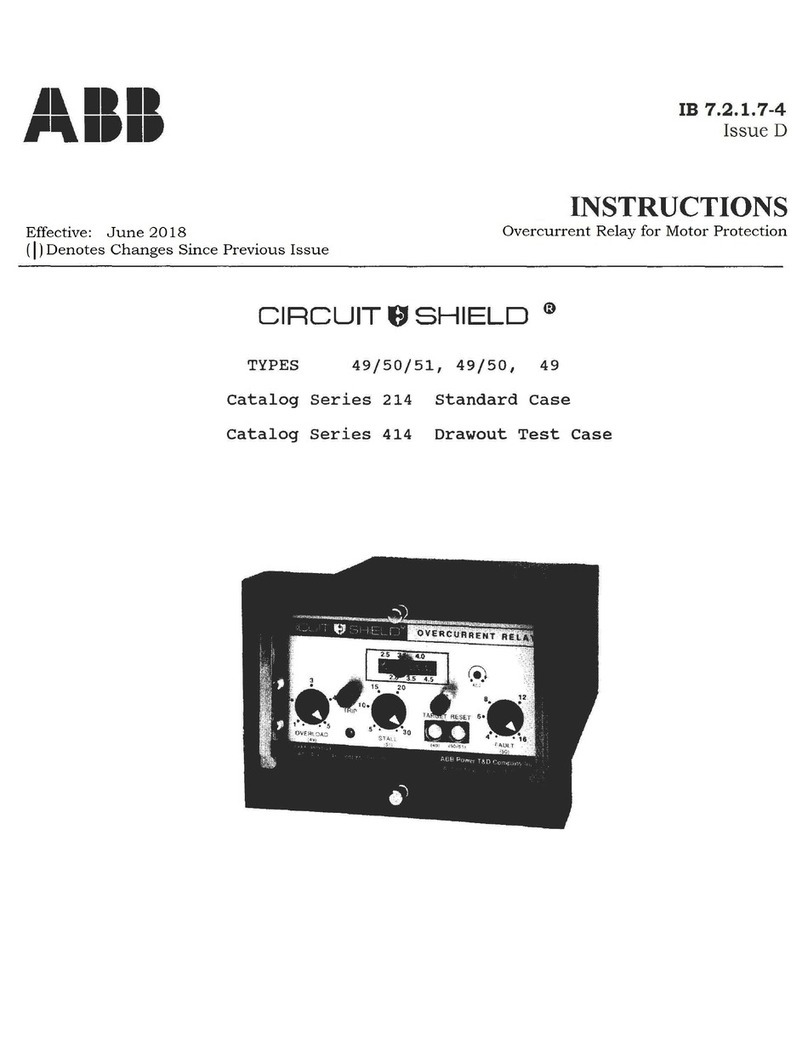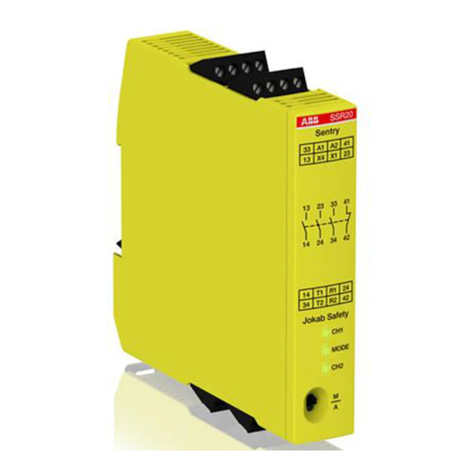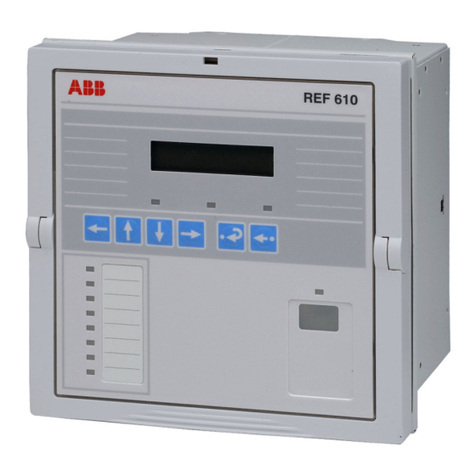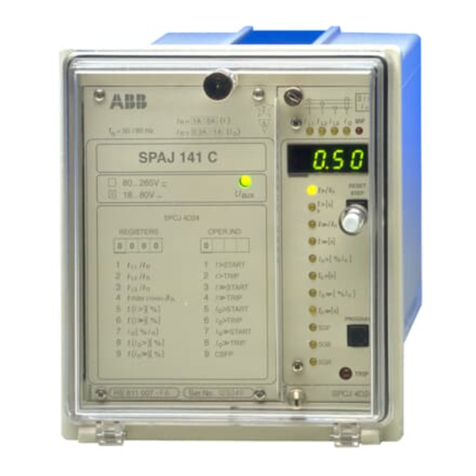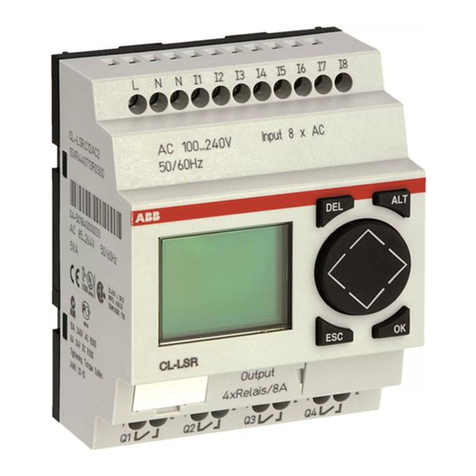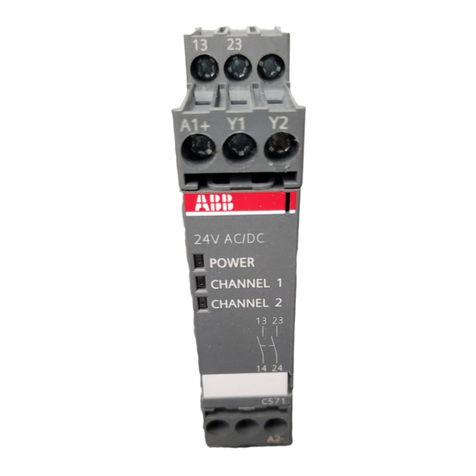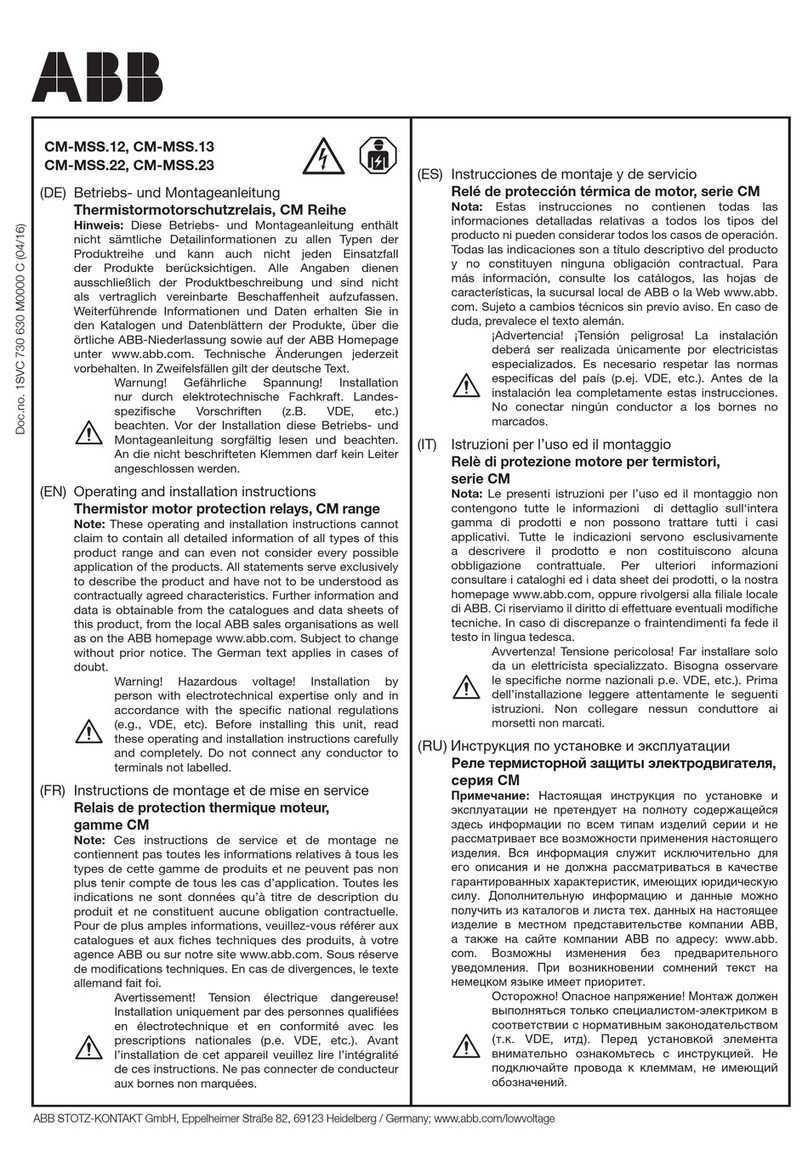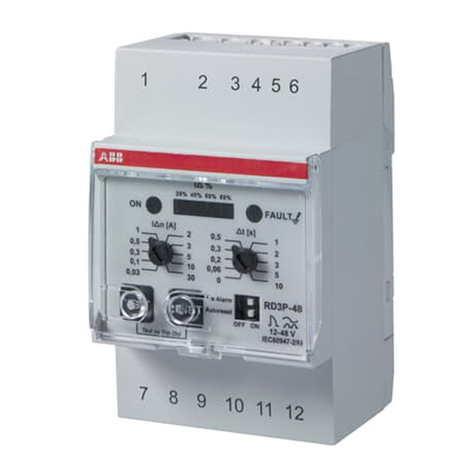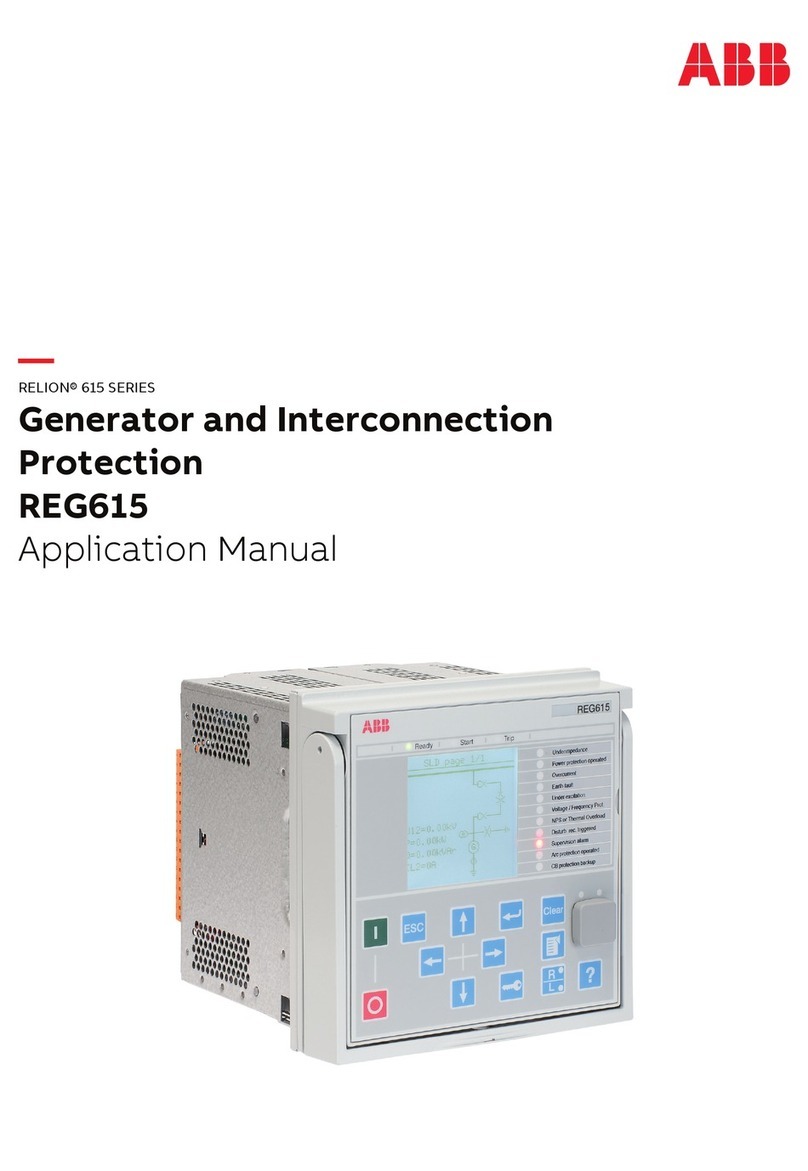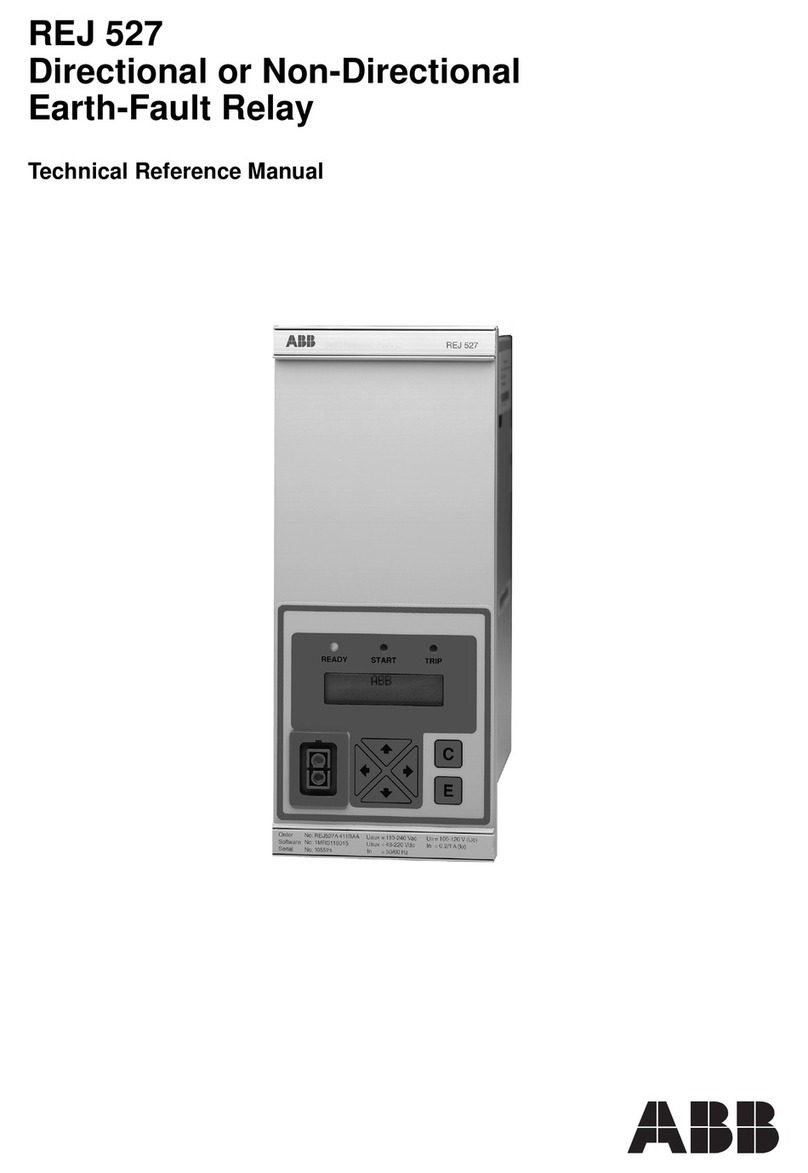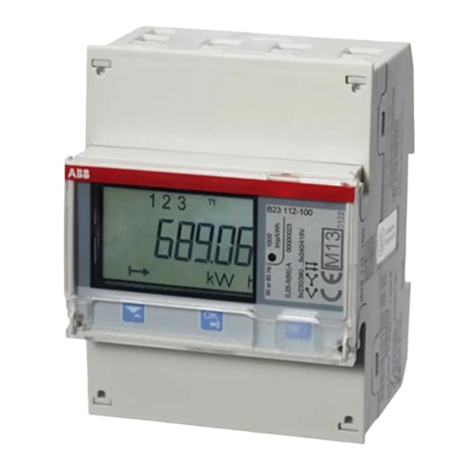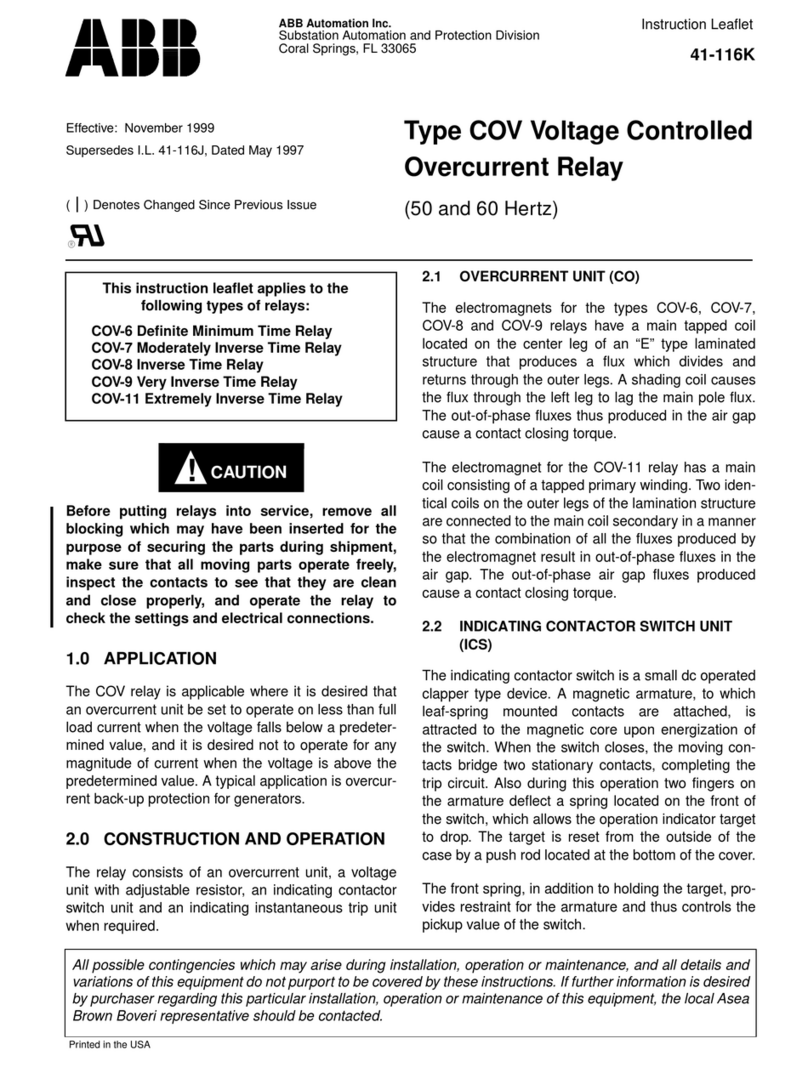
2
Features ..........................................................................................................1
Application.......................................................................................................2
Description of function.....................................................................................2
Connection diagram ........................................................................................5
Connections ....................................................................................................6
Intermodular control signals ............................................................................7
Signal abbreviations........................................................................................7
Output relay module........................................................................................8
Auxiliary power module ...................................................................................9
Applications...................................................................................................10
Technical data...............................................................................................15
Spare parts....................................................................................................16
Information required with order .....................................................................17
The complete User’s Manual for the differential relay SPAD 330 C is composed of the
following partial documents:
General differential relay description 34 SPAD 4 EN 1
General characteristics of C-type relay modules 34 SPC 2 EN 1
Differential relay module 34 SPCD 1 EN 1
Instructions for mounting and maintenance of relays
of the SPA-300 series 34 SPA 11 EN 1
Contents
Thedifferential relay SPAD 330Cisdesigned
to be used as a fast interwinding short-circuit
and interturn fault protection for two-winding
powertransformersandpowerplantgenerator-
Application transformerunits.Therelayisalsoadoptedfor
three-windingpowertransformersprovidedthat
the power transformer is characterized by a
unidirectional power flow.
The differential relay compares the phase
currentson either side of theprotectedobject.
If the amplitude or phase angle difference of
the currents, or both, exceed the threshold
value setting, the relay operates. The current
transformer secondary currents measured on
either side of the protected object are desig-
natedI1andI2.Undernormalserviceconditions,
that is when there is no fault in the protected
area,theI1currentisequaltotheI2currentand
the differential current Id= 0, expression 1.
Id = I1- I2(1)
In practice the differential current Iddeviates
fromzeroalsoundernormalserviceconditions.
When protecting power transformers, differ-
ential currents are caused by inaccuracies of
the current transformers, changes in the tap-
changerposition,no-loadcurrentofthepower
Description of
function transformer and temporarily by transformer
connectioninrushcurrents.Asthetransformer
load current increases, the differential current
causedbythecurrenttransformerinaccuracies
and the tap-changer grows in the same
proportionastheloadcurrent.Atshort-circuits
occurringoutsidetheprotectedarea,andwhen
motors are started, the load current may grow
high enough to cause partial saturation of the
current transformers. In such a case the
differentialcurrent may grow tomanytensper
centoftheloadcurrent.Becauseofthesefacts
the operation of the differential relay has to be
stabilized to the load current. The higher the
load current in a biased differential relay, the
higher the differential current is required to
cause a relay operation. The bias current Ibof
the relay is determined by expression 2:
lb= ( I1+ I2) /2 (2)
